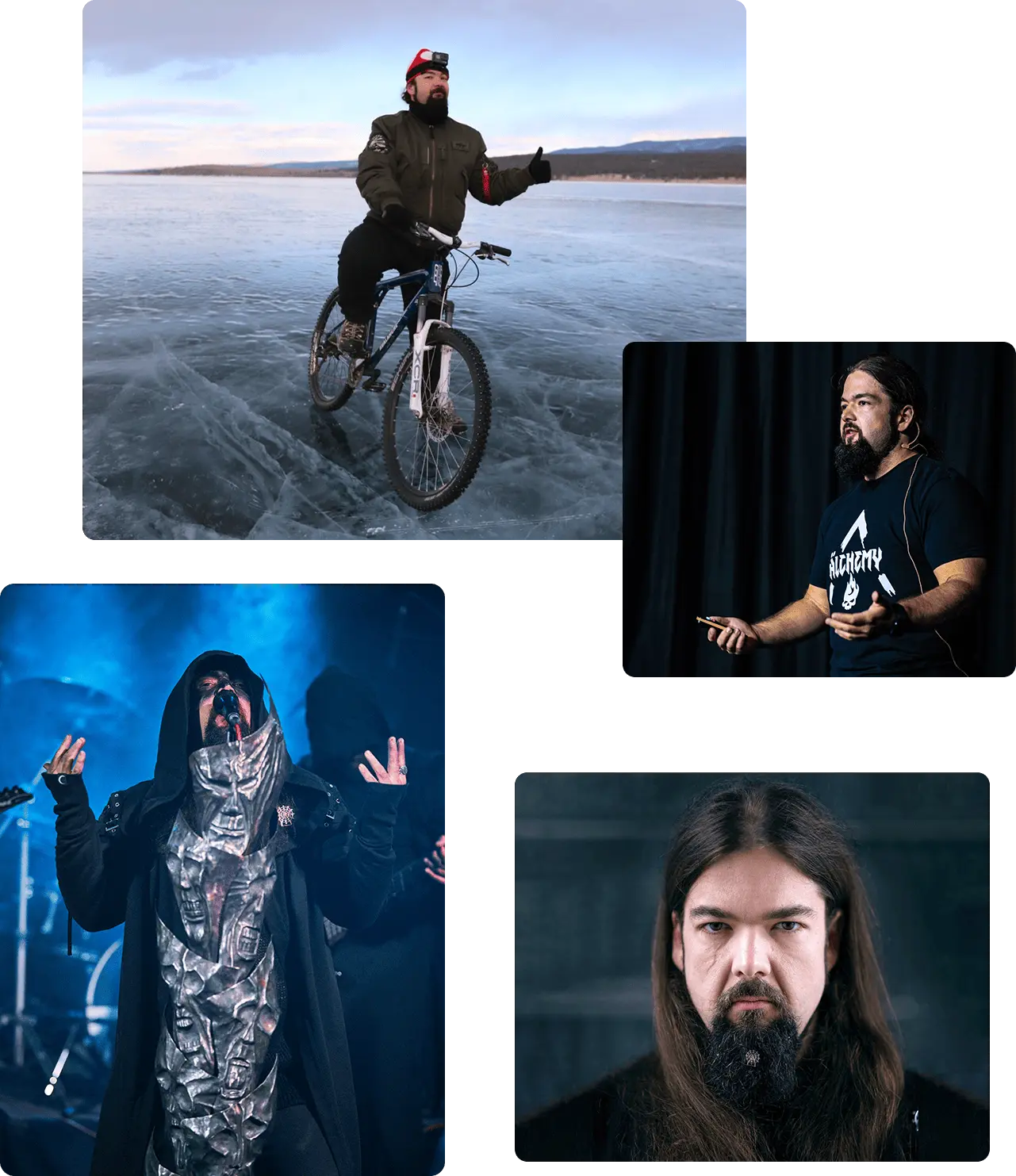Hello, I'm → Dachaz
I'm a senior engineering leader who happens to be a great cook as well. Mad about music (but probably not the kind you like) and photography. I consume quite a lot of TV shows and tend to spend all of my money on travelling.
Get in touch